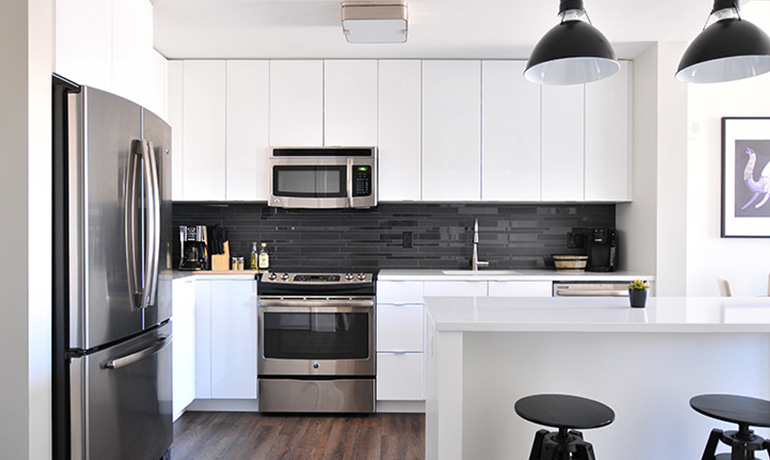Getting to Know the Display Specifications of MacBook Air
Knowing the display specifications of the MacBook Air is essential for maximizing your user experience. The MacBook Air boasts a stunning Retina display, offering exceptional clarity and vibrant colors. With a resolution of 2560×1600 pixels, the display ensures sharp and detailed visuals, making it perfect for tasks like photo editing, graphic design, and movie watching. Additionally, the display supports the P3 wide color gamut, providing a more immersive viewing experience with a wider range of colors.
To optimize your MacBook Air display, it’s important to adjust the brightness according to your surroundings. By going to the Display settings in System Preferences, you can easily control the brightness level. It’s recommended to set the brightness to a comfortable level that isn’t too bright or too dim. Another important feature is Night Shift, which reduces the blue light emitted by the display during the evening hours. Enabling Night Shift enhances your viewing experience and helps reduce eye strain.
Furthermore, the MacBook Air offers True Tone technology, which automatically adjusts the color temperature of the display based on the ambient lighting conditions. This feature ensures that the colors on your screen appear more natural and accurate. To enable True Tone, go to the Display settings and check the box next to “True Tone.” It’s worth noting that True Tone may not be suitable for tasks that require color accuracy, such as professional photo editing. In such cases, it’s advisable to disable True Tone for more precise color representation.
Tips and Tricks for Optimizing Your MacBook Air Display
To optimize your MacBook Air display, consider the following tips and tricks. First, calibrating your display can significantly improve color accuracy. Apple provides a built-in calibration tool called Display Calibrator Assistant, which can be accessed through the Display settings. Follow the step-by-step instructions to calibrate your display and ensure accurate color representation.
Second, adjusting the resolution can help you make the most of the MacBook Air’s display. By default, the MacBook Air is set to a scaled resolution that balances sharpness and screen real estate. However, if you prefer a larger workspace, you can choose a lower resolution from the Display settings. Keep in mind that lowering the resolution may result in slightly less sharp visuals.
Lastly, taking advantage of the various display modes available can enhance your productivity. The MacBook Air offers different display modes, such as extended desktop, mirroring, and clamshell mode. Extended desktop mode allows you to use your MacBook Air alongside an external display, providing additional screen space. Mirroring mode duplicates your MacBook Air’s display onto an external monitor or projector. Clamshell mode enables you to use your MacBook Air while closed, connected to an external display, keyboard, and mouse. These display modes can be selected from the Display settings or by using keyboard shortcuts.
By understanding the display specifications and implementing these tips and tricks, you can optimize your MacBook Air display to suit your preferences and enhance your overall user experience. Whether you’re a creative professional or a casual user, the MacBook Air’s display capabilities will undoubtedly elevate your computing experience to new heights.
The MacBook Air has been quietly revolutionizing the tech landscape since its initial release in 2008. Aside from offering an incredibly sleek, lightweight design, the Air’s large, vibrant display has also been a key driver of the laptop’s success. Here, in this ultimate guide to the display of your MacBook Air, users will learn everything they need to know about the display that makes the Air so popular.
At the core of the Macbook Air display is the LED backlit technology used to make the display brighter than most conventional displays. This technology allows users to enjoy incredibly vivid colors while also keeping the display energy efficient and helping to extend the battery life. The larger model Airs are also equipped with Retina display technology ( resolution of 2560 by 1600 ), making for a high-resolution and more natural viewing experience.
The next key factor in the Air’s display is its wide viewing angle. This feature makes the display equally visible from all angles, which is great for those who often share their screen with others. The wide range of angles available is also especially useful for creative professionals who need to appreciate the colors and details of their artwork from different angles.
The MacBook Air also utilizes various technologies to help make the display even sharper and more accurate. It utilizes a special technology known as True Tone, which helps to adjust the color of the display to match the environment you’re in. This ensures that all graphics, videos, and photos look as vibrant and natural as possible no matter where you’re viewing the screen.
As for customization options, you can access the built-in display options in the System Preferences section to adjust the color, contrast, brightness, and other settings to your preference.
Finally, Macbook Airs also guard against accidental damage with their antireflective coating. This coating helps to reduce glare and makes the display easier to read, especially in bright and sunny environments.
This ultimate guide to the display of your MacBook Air should provide readers with all the information they need to have the most enjoyable viewing experience possible from their Air. Enjoy!


